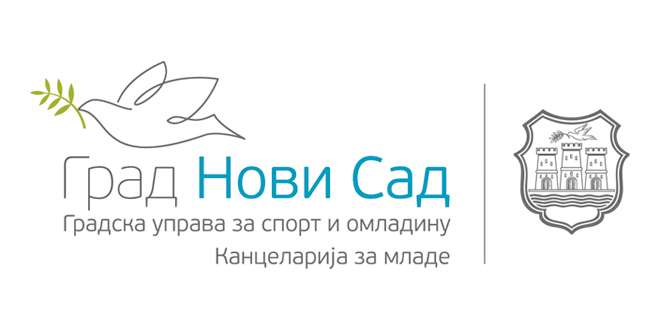
REGULATIONS FOR THE PROTECTION OF STRICTLY PROTECTED WILD PLANTS AND ANIMALS
This ordinance declares wild species of plants, animals and fungi for the conservation of biological diversity, ie species of special importance for the Republic of Serbia, as strictly protected wild species or protected wild species and establishes measures for the protection of protected species and their habitats.
The protection of strictly protected wild species is enforced by prohibiting the use, destruction and undertaking of all activities that could endanger wild species and their habitats, as well as by taking measures and activities on population management.
The protection of protected wild species is enforced by restriction of use, prohibition of destruction and undertaking other activities that harm the species and their habitats, as well as by taking measures and activities on population management.
Species protection and conservation are implemented through measures and activities on population management, such as:
- Habitat protection
- monitoring the status of populations of species and their threat factors, in particular monitoring and reducing the impact of climate change on highly vulnerable species and their habitats
- biotechnical measures; (grazing in meadows by providing habitat for weevils)
- reintroduction of species in the territory of the Republic of Serbia or its individual parts, ie cultivation of species in conditions outside natural habitat (ex situ) and in natural habitat (in situ) for their return to nature
- rehabilitation and revitalization of damaged habitats
- support for scientific research, educational activities and the popularization of species conservation and protection
- collection of breeding animals for the purpose of propagation, cultivation of their offspring and marketing for commercial purposes in the plantations and farms registered therefor;
- moving of species of strictly protected species in case of accidental situations (air, water and soil pollution, mass occurrence of reptiles, amphibians, etc.)
- increase in the number of strictly protected species above the optimum number, envisaged by the hunting area development program, issued by the ministry responsible for agriculture, forestry and water management
- finding a suitable place for the reintroduction of migratory species (feeding grounds, wintering grounds, resorts, litter beds, migratory corridors, changing hair).



